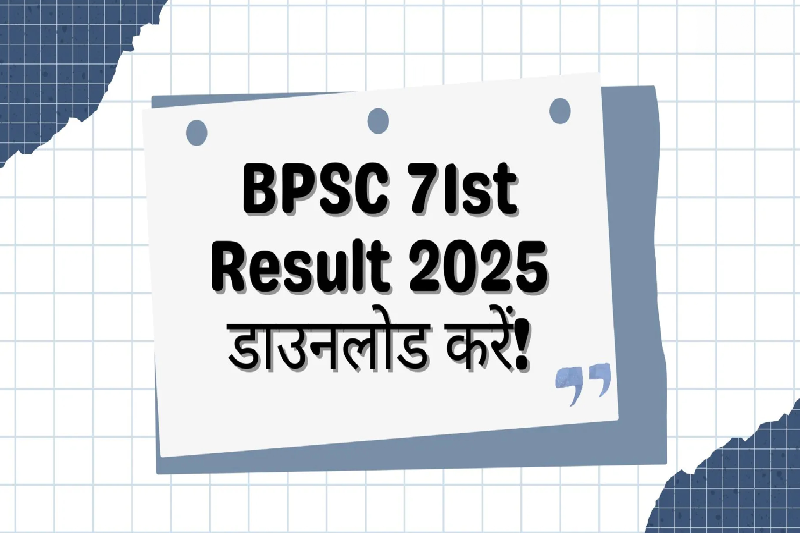
Trump to Sign Order Requiring US Colleges to Prove Race Is Not Considered in Admissions
The ongoing debate over race-conscious college admissions in the United States is set to enter a new phase. President Donald Trump’s administration is preparing to sign an executive order to compel colleges to submit detailed data proving they are not factoring race into their admissions decisions.
The move comes two years after the US Supreme Court’s landmark 2023 decision striking down affirmative action in admissions while leaving universities a narrow path to consider how an applicant’s racial background may have shaped their life experiences—if tied directly to personal qualities or abilities.
The New Executive Order: What It Demands
According to a White House fact sheet released ahead of Thursday’s planned signing, the executive order will require colleges to:
- Provide the federal government with detailed data on the race, grade point average, and standardized test scores of applicants, admitted, and enrolled students.
- Undergo federal audits to verify compliance.
- Publicly release admissions statistics to ensure transparency.
The Trump administration argues that despite the Supreme Court ruling, many universities continue to consider race indirectly—through personal essays, diversity statements, and other “proxy measures.”
“The lack of available admissions data from universities—paired with the rampant use of diversity statements and other overt and hidden racial proxies—continues to raise concerns about whether race is used in admissions decisions in practice,” the fact sheet states.
Ties to Recent University Settlements
This executive order mirrors parts of recent settlement agreements reached with Brown University and Columbia University. In those cases, the institutions agreed to:
- Restore federal research funding.
- Share applicant demographic and academic data with the government.
- Permit audits of their admissions processes.
- Make admissions data publicly accessible.
These agreements followed allegations that the universities were skirting the spirit of the Supreme Court ruling by embedding race-related factors into holistic application reviews.
The Supreme Court’s 2023 Ruling and Its Impact
The 2023 decision, written by Chief Justice John Roberts for the court’s conservative majority, ended affirmative action as it had been practiced for decades. However, Roberts noted:
“Nothing prohibits universities from considering an applicant’s discussion of how race affected the applicant’s life, so long as that discussion is concretely tied to a quality of character or unique ability that the particular applicant can contribute to the university.”
Since then, many institutions have restructured their admissions processes—often adding extra essays or personal statements to capture applicants’ backgrounds without directly asking about race.
Mixed Outcomes in Diversity Levels
The first year of admissions data after the ruling showed no uniform trend in racial diversity:
- Steep drops in Black student enrollment at the Massachusetts Institute of Technology (MIT) and Amherst College.
- Minimal changes (less than one percentage point) at Yale, Princeton, and the University of Virginia.
This variation underscores the differing approaches colleges have taken in response to the ruling.
Alternative Diversity Strategies
Even before the Supreme Court decision, many states and institutions had been experimenting with race-neutral strategies to maintain campus diversity.
Statewide Bans on Affirmative Action
- California banned affirmative action in 1996, leading to a 50% drop in Black and Hispanic enrollment at UC Berkeley and UCLA within two years.
- In response, the University of California spent over $500 million on programs for low-income and first-generation students. It introduced a guarantee of admission to the top 9% of students in every high school.
- Despite these efforts, racial diversity at UC Berkeley and UCLA has not returned to pre-ban levels—Hispanic students make up 20% of undergraduates today, compared to 53% of California’s high school graduates. In comparison, Black enrollment is just 4%.
Texas Model
- Texas offers admission to the top students from every high school, a system credited with expanding racial diversity more effectively than California’s approach.
Michigan’s Experience
- Michigan voters banned affirmative action in 2006.
- The University of Michigan pivoted to targeting low-income students, sending counselors to underserved schools, offering full scholarships to low-income residents, and reducing reliance on early admissions (which favors wealthier applicants).
- Hispanic enrollment has grown, but Black enrollment has dropped from 8% in 2006 to 4% in 2025.
Conservative Criticism of Current Practices
Conservatives argue that, despite the legal prohibition, universities still find ways to consider race indirectly. Diversity statements, essays about personal adversity, and other background-driven prompts are seen as “workarounds” to preserve race-conscious admissions under a different label.
The Trump administration’s new executive order directly addresses these concerns by demanding complete transparency in admissions processes, effectively placing universities under federal scrutiny.
What’s at Stake
For universities, the executive order raises the stakes significantly:
- Loss of federal research funding for non-compliance.
- Greater public accountability through mandatory data releases.
- Potential legal consequences if audits reveal violations.
The impact remains uncertain for students, particularly those from underrepresented racial backgrounds. The order could further reduce the already narrowing channels through which race can be considered in applications, potentially accelerating declines in diversity at elite institutions.
The Road Ahead
With the executive order to be signed, universities must carefully review their admissions practices to ensure compliance. This will likely spark fresh debates over balancing diversity goals with legal limitations.
Supporters of the move argue that it restores fairness by removing racial bias—whether explicit or implicit—from admissions decisions. Critics, however, warn that it will make it harder for underrepresented students to access top-tier education, especially in competitive institutions where socioeconomic factors alone may not offset historic racial disparities.
As the 2025–26 admissions cycle approaches, all eyes will be on how colleges adapt to the new mandate—and whether the landscape of higher education in America will see another significant shift in the wake of the Trump administration’s latest move.



